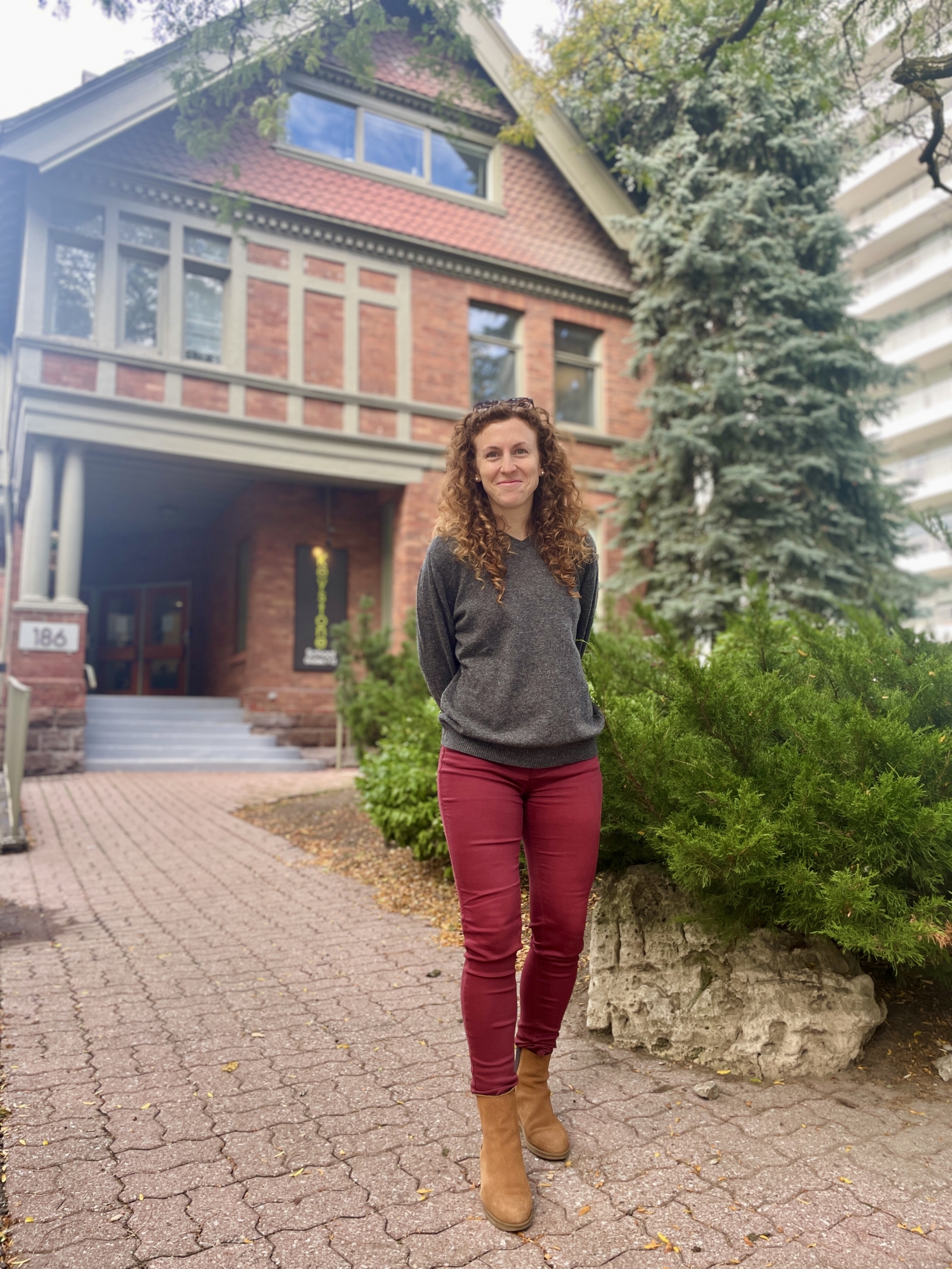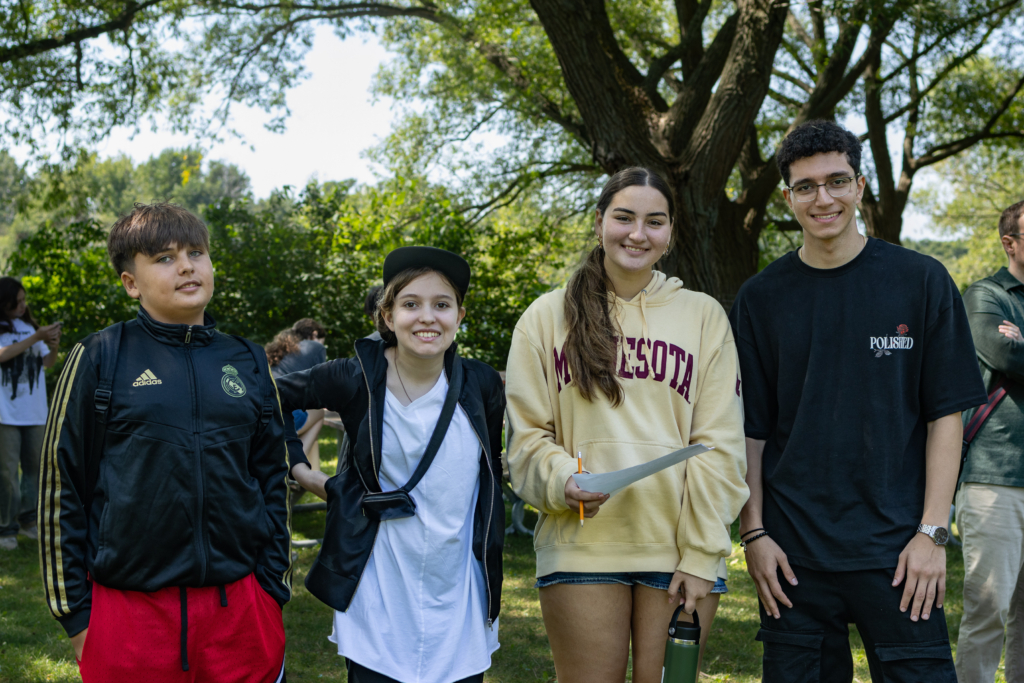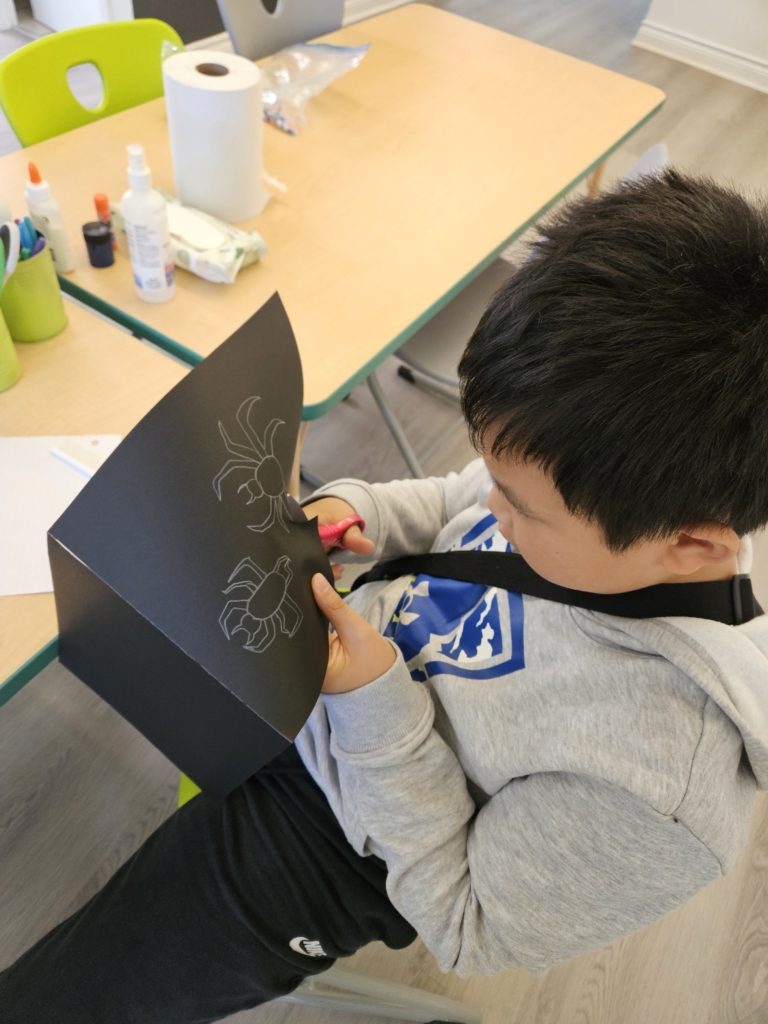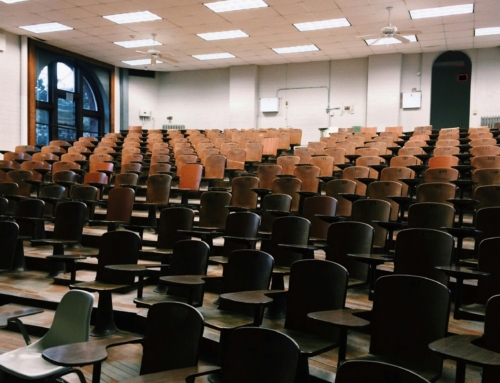This week, we had the chance to sit down with our new principal, Ms. Rachel Shiderman, and discuss her educational background, her teaching approach and her hopes and plans for the future of Keystone.
Can you tell us about your background and what led you to become the principal of Keystone School?
I studied Environment and Resource Studies at the University of Waterloo, where through the co-op program I increasingly found myself seeking positions in outdoor education. After 5 successful work terms in the educational field, I went on to complete my Masters in Teaching at the University of Toronto. Following graduation, I began teaching at The Dalton School, a K-6 bilingual co-ed private school that offered a fully immersive Mandarin half day program. Over the course of my time there, I took on the roles of English Department Head, Principal and Interim Head of School. After my time at Dalton, I transitioned to become the Team Lead of Academic Administration at The Bishop Strachan School, a K-12 inclusive girls day and boarding school. It was at BSS that I was able to blend my classroom and administrative experience and apply it to a school with ten times the student population. In combining the family-like feel of Dalton with the world-class pedagogy and practices of BSS, I’ve tailored the perfect skillset to take on my current leadership role, where I fuse two very different but ultimately similar worlds into one at Keystone School.
What are some key experiences from your career that have prepared you for this role?
I believe my combined experiences as an outdoor education instructor, classroom teacher, department head, administrator and team lead have covered so many bases to prepare me for my current role. In outdoor ed, I saw students through the lens of field trip instruction, where I quickly learned how to memorize up to 40 names in 5 minutes to build relationships with students that I wouldn’t see for more than a day. In the classroom, I developed an understanding of best practices for teaching and learning, and how to build and apply effective classroom management techniques, that I still use and share with colleagues today. As a department head, I dove into the curriculum to create and develop effective school-wide programs to increase student engagement and enhance literacy instruction, like our in-house themed reading program. As an administrator, I learned how to wear many hats simultaneously: instructional leadership, policy creation, student and staff recruitment and attainment, parent communication and partnership, curricular and extracurricular program development, assessment reporting, and so much more. I also had to do things like develop and administer a robust online school program in 24 hours when Covid-19 prevented us from learning in person. As a team lead within an organization of over 200 staff members, I was really able to hone my organizational skills and refine the way I digitally communicate, plus I had exposure to so many opportunities for professional development and examples of successful school leadership. In taking my best practices from each of these experiences, I am able to lead Keystone with confidence and a growth mindset. I am very excited for what’s to come!
What is your favourite memory from your time working in education?
Aside from taking my Grade 3 students outside with some metre sticks to measure 1 kilometre by placing them down and moving them metre by metre through the neighbourhood until we fully understood the magnitude of what 1000 metres looks and feels like, one of my favourite memories thus far was visiting kindergarten snack time as a principal and practicing my Mandarin while being a bit silly with them. As an administrator, I welcome opportunities to involve myself in the student experience and at a smaller school like Keystone, I can really get to know each student individually and personally. I’ve already tried some wonderful treats from one of our student bakers and learned to play new card games at lunch with one of our club leaders. It’s moments like those where rapport and trust are built with students, and the stage is set for them to feel like a valued member of our community.
What are you most excited for in your role as principal?
I’m excited to introduce new programs and events for students and parents, like Homeroom (our weekly advisory, guidance and assembly program) and Curriculum Evening (which we just successfully hosted last month), while building up our Middle School program, recruiting students who add to the globally diverse mix of our current community, and investing in professional development opportunities for our fabulously skilled teaching team!
What is your approach to fostering a strong sense of community among students, parents, and faculty?
Being present and involved in their daily lives. On a weekly basis, I support the environmental club, where students, staff and I are planning out our next school gardening project; the athletics club, where we have been honing our skills in soccer and basketball; and student council, where I hear new ideas from inspired minds during brainstorming sessions and help students turn their visions for the school into reality. I make sure to be visibly present throughout the day, check in on staff and students regularly, and greet students and parents at drop-off and dismissal times. I have an open door policy and all are welcome any time they need to chat or share a thought. I meet with staff weekly to ensure any concerns are addressed as they arise, and celebrate our successes as a team. I believe that consistent and transparent two-way communication is the foundation of a strong school community.
What are some of the biggest challenges you expect to face as a principal, and how do you plan to address them?
The biggest challenges I expect to face in my current role are potential absenteeism in older, independent students and the misuse of artificial intelligence. I have implemented a new policy to address absenteeism amongst students that takes on a restorative approach to re-engage them in the community via schoolwide projects and tasks that contribute to community service hours, with the hopes of inspiring intrinsic motivation to improve their attendance. I am also working with students and staff to implement a tiered approach to the use of AI in the classroom and for independent learning. The goal is for students to utilize this tool in ways that enhance their understanding of course material and demonstrate deeper knowledge acquisition, by guiding the way they use it and the assignments they use it for.
What opportunities do you see for the school in the next few years?
We’re very excited to move from our candidacy to full accreditation as an IB world school, where our faculty will have enriched opportunities for specialized professional development, we can expand our team to include new roles for the program, and we’ll enhance our facilities to meet all program requirements. We look forward to offering IB courses for our Grade 11 and 12 students as of September 2026.
Is there anything else you would like to share about the school or your role that we haven’t covered?
The start of my role coincided with moving into a new building in July, which has thus far provided a fresh, new atmosphere for teaching and learning. We’re set in a very picturesque heritage house in the Annex, with great access to so many out-of-the-classroom experiences that our students and faculty have already been making great use of. This school year is shaping up to be one filled with educational adventures and endless opportunities to strengthen our globally-minded community. Come see all that we have to offer at Keystone!

